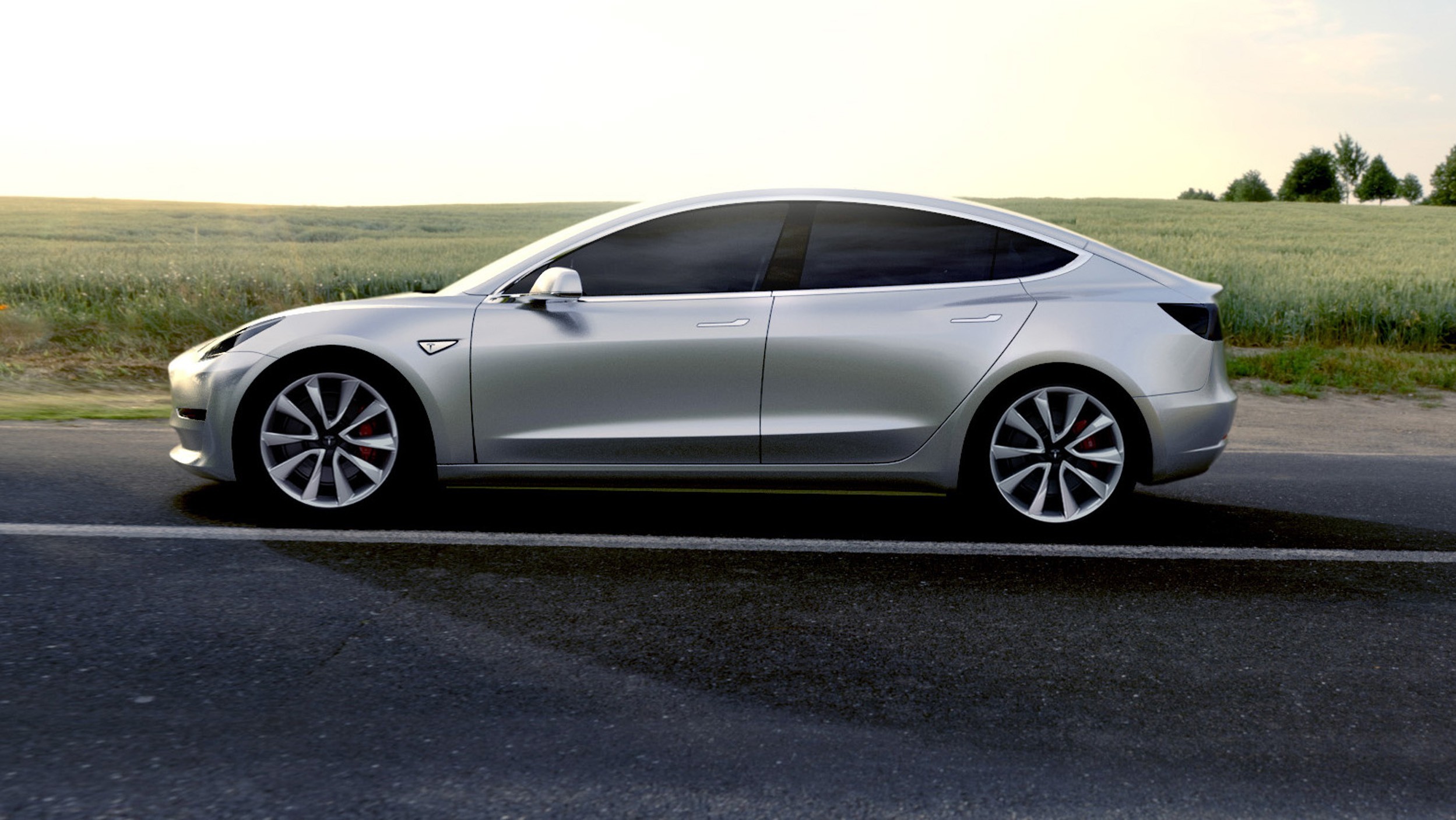The handling of the Tesla Model 3 on rough roads can depend on several factors, including the specific road conditions, the version of the Model 3, and the configuration of the suspension. Here are some considerations:
1. **Suspension System:** The Model 3 comes with a standard suspension system, and some versions may offer an optional adaptive air suspension. The adaptive air suspension can provide better adaptability to different road conditions, including rough roads.
2. **Ground Clearance:** The standard ground clearance of the Model 3 is moderate, which may be sufficient for most road conditions. However, if you frequently encounter extremely rough or uneven terrain, you may want to consider the adaptive air suspension, which allows you to adjust the ride height.
3. **Tire Choice:** The type of tires on your Model 3 can influence its performance on rough roads. If you often drive on challenging terrain, you might consider all-season or even all-terrain tires for improved traction and durability.
4. **Driving Mode:** The Model 3 has different driving modes, including Comfort, Standard, and Sport. Choosing the appropriate driving mode can impact the handling and comfort on rough roads.
5. **Electric Powertrain:** The electric powertrain of the Model 3 provides instant torque and precise control over the wheels, which can be advantageous in challenging road conditions.
While the Model 3 is primarily designed for on-road use and may not have the off-road capabilities of some SUVs or trucks, it can handle moderately rough roads well. However, if your driving involves frequent encounters with extremely rough or off-road conditions, you might want to consider a vehicle specifically designed for such terrain.
As technology and features may be updated over time, it's advisable to check with Tesla for the latest information on the Model 3's handling capabilities and any new features or options that may enhance its performance on rough roads.

Comments
Post a Comment